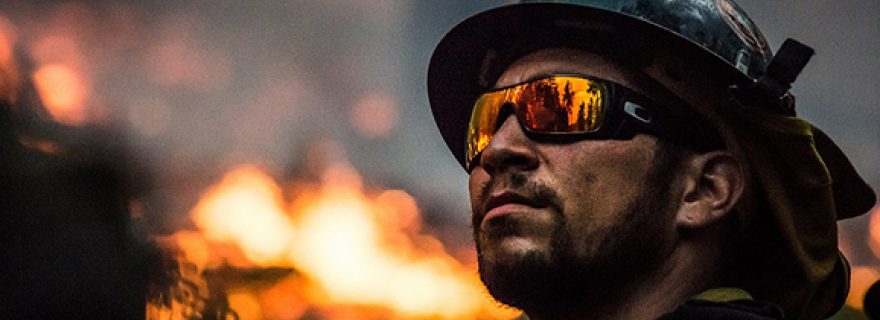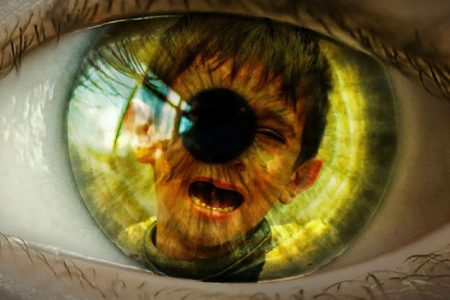Like a deer caught in the headlights?
BOOM!! You hear the sound of an explosion. The children in your classroom start panicking. You see through the window that the left wing of the school is on fire. How would you respond in such a situation?
Freeze
It is likely that you will react to this threatening situation with a freeze response. Like a mouse encountering a deadly cat, you may literally feel glued to the spot; for a moment, you are unable to move. Freezing is one of the defense responses to acute stress that may help you to cope with the situation by enhancing your risk-assessment and decision-making abilities. Thus, freezing can actually help you to take action optimally.
High-risk professions
Individuals can differ in their freeze responses. For instance, people, who have experienced aversive life events show increased freezing behavior in response to a threat. How about individuals in high-risk professions, who have to deal with situations like the abovementioned explosion in a school as part of their job? Firefighters are trained and skilled at making rapid decisions in life-threatening emergency situations. Under extreme situations, these people are required to cope actively and make optimal instant decisions. Knowing how freezing behavior manifests itself in high-risk professions could help us better understand the role of freezing in resilience and coping.
Firefighters
In a recent study in collaboration with the Dutch Fire Service Academy and led by Muriel Hagenaars, we explored whether experienced and inexperienced firefighters would show different freezing responses to threat. To this end, we conducted an experiment to measure the bodily movement and heart rate of these firefighters while they were watching pictures involving threatening scenes. Similarly to freeze reactions in animals, in humans too reduced bodily movement and heart rate in a threatening situation are an indicator for freezing. It emerged that the experienced firefighters showed reduced freezing compared to the inexperienced firefighters. Interestingly, this finding was not specific for threats that related to the profession, but also extended to threatening scenes that were unrelated to firefighting situations.
Control reflexive responses
One explanation for these findings is that experience and training enhance the firefighters’ ability to regulate reflexive defense responses to the benefit of goal-directed behavior and other coping skills. This would mean that experience and training allow you to control your reflexive responses more flexibly. Alternatively, or additionally, experienced firefighters have become more efficient than their less experienced counterparts in processing threat, and this is reflected by reduced freezing. This does not imply that freezing in the inexperienced firefighters is less functional; in these firefighters the extent of freezing is crucial for supporting their risk assessments.
Future research
Although more research is needed to better understand these findings, experience and training seem to alter primitive defense responses. This knowledge could be useful in the development of new procedures to test and train risk-assessment abilities, which is particularly relevant in high-risk professions. Future research should focus on questions such as to how changes in defense responses take place due to experience and training, and how these changes are reflected in different contexts, beyond a context involving the viewing of threatening scenes. In the end, these insights could also be useful to help us better understand psychopathology that is characterized by maladaptive coping behaviors.
Guest-blogger: dr. Muriel Hagenaars





